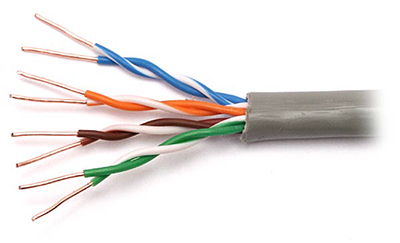Businesses that want to compete need to have an impeccable communication system. VOIP and other telecommunication systems are the order of the day and, if companies want to maintain national or global standard of communication, they would need to have a robust communication structure. Networking infrastructure plays a very significant role in maintaining an effective, uninterrupted and smooth communication system. Structured cabling systems form the backbone of leading business houses across the world and it has helped them to design and strategize their communication systems for a better growth rate.
Advantages of using structured cabling systems
- This is considered to be one of the most flexible and cost effective system for creating a powerful network infrastructure.
- Since this cabling system is really flexible, it can be easily dismantled and carried to new location without much hassle.
- Structured cabling can handle voice and data traffic and can adapt to different kind of network infrastructure.
- With proper cables, structured cabling enables high speed transfer allowing you to transact large volumes of data at low cost. You can expect overall increase in productivity all around.
- Since the cabling system is highly flexible it can be easily installed in high rise buildings, offices, residences, warehouses.
- Many peripherals such as printers, faxes, scanners have become network capable and all of them have RJ-45 sockets. This helps you save on capital costs as you can centralize many of these peripherals and make them available to every user.
Structured cabling has to be installed based on some universally accepted standards. The 3 prevalent cabling standards are as follows:
- The American Standard – EIA/TIA 568C
- The International standard for structured cabling systems – ISO/IEC 11801
- The European cabling standard – CENELEC EN 50173


